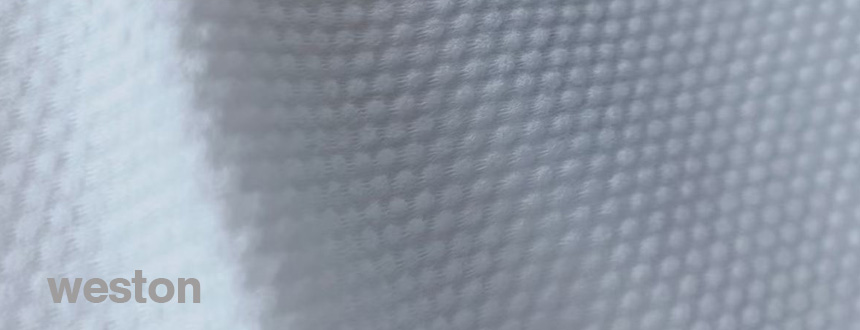Viscose spunlace for wet wipes
Viscose spunlace is one of biodegradable nonwovens.
Compared with cotton spunlace and lyocell spunlace, viscose spunlace is a cheaper choice.
What is the feature of viscose spunlace? Viscose fiber is the main variety of man-made fibers and the second largest fiber variety in China. Its main raw material is pulp, including cotton pulp and wood pulp. Natural cellulose is separated and regenerated by chemical reaction. The raw material used in China is mainly cotton pulp.
Viscose fiber has good hygroscopicity, easy to dye, not easy to generate static electricity, has good spinnability, and is widely used in various types of non-woven fabrics, especially spunlace nonwoven fabrics.
Viscose fibers are cellulose fibers. It uses natural fibers (wood fibers, cotton linters) as raw materials, and is made into soluble cellulose xanthate through alkalization, aging, sulfonation and other processes, and then dissolved in dilute lye to make viscose. Made of spinning. Using different raw materials and spinning processes, ordinary viscose fiber, high wet modulus viscose fiber and high strength viscose fiber can be obtained respectively. Ordinary viscose fiber has general physical and mechanical properties and chemical properties, and is divided into cotton type, wool type and filament type, commonly known as rayon, rayon and rayon. High wet modulus viscose fibers have a higher degree of polymerization, strength and wet modulus. This kind of fiber can withstand a load of 22N per tex in the wet state, and the wet elongation under this load does not exceed 15%, mainly rich and strong fibers. High-strength viscose fibers have high strength and fatigue resistance.
Viscose fiber has good hygroscopicity, under normal atmospheric conditions, the moisture regain is about 13%. After absorbing moisture, it expands significantly, and the diameter increases by up to 50%, so the fabric feels hard and shrinks after being soaked in water.
The breaking strength of ordinary viscose fiber is smaller than that of cotton, about 1.6~2.7cN/dtex; the elongation at break is higher than that of cotton, which is 16%~22%; the wet strength decreases much, about 50% of the dry strength, and the wet elongation length increased by about 50%. Its modulus is lower than that of cotton, it is easy to deform under small load, and its elastic recovery performance is poor, so the fabric is easy to stretch and has poor dimensional stability. The strength of the rich fiber, especially the wet strength, is higher than that of ordinary viscose, the elongation at break is smaller, and the dimensional stability is good. The abrasion resistance of ordinary viscose is poor, while the rich fiber is improved. It is good for spunlace nonwovens.
The chemical composition of viscose fiber is similar to that of cotton, so it is more resistant to alkali but not acid, but both alkali resistance and acid resistance are worse than cotton. Rich fiber has good alkali resistance and acid resistance. Similarly, the dyeability of viscose fiber is similar to that of cotton, the dyeing chromatogram is complete, and the dyeing performance is good. In addition, the thermal properties of viscose fibers are similar to those of cotton, and the density is close to that of cotton.
More biodegradable spunlace, please click: Biodegradable Spunlace (westonmanufacturing.com)

